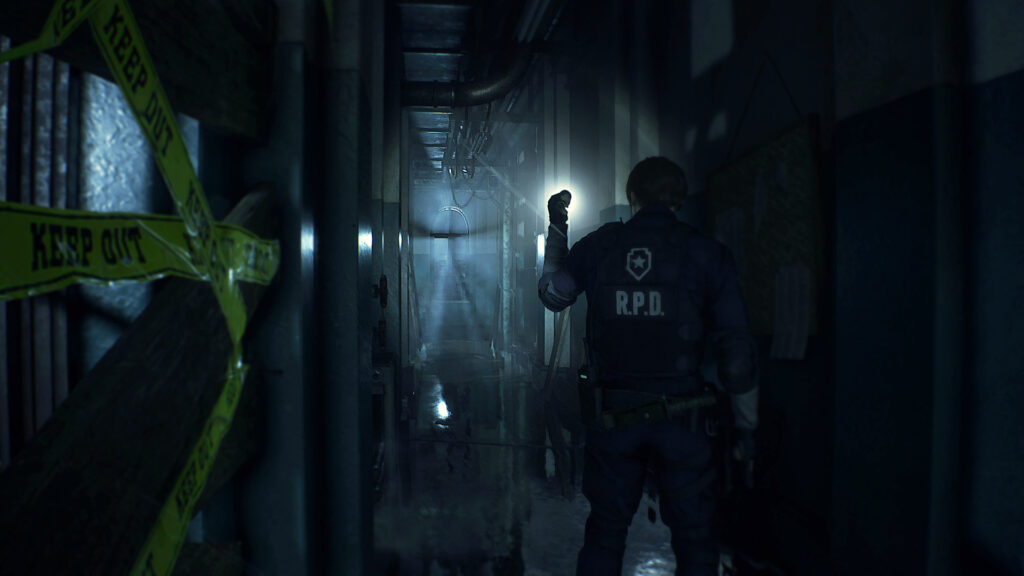Nostalgia is a powerful feeling. It’s that warm, fuzzy sensation that washes over you when you think about things from the past. And, for many of us, video games hold a special place in our hearts, so it’s no surprise that revisiting classic games has become increasingly popular.
But how exactly do developers bring these older titles back to life? Well, there are three main approaches to this dilemma: video game remasters, reboots, and remakes. Each method offers a unique way to experience beloved games, but they also have their distinct characteristics and potential pitfalls.
If they sound confusing due to their similarity, don’t worry: this article will break down each concept, explore what sets them apart, and provide examples of games that have undergone these transformations.
Let’s get straight into it, shall we?
Remasters: the gaming world’s fresh coat of paint
Let’s start with remasters. Think of these as giving your favorite old car a new paint job and a tune-up. At their core, remasters aim to enhance the game’s visual presentation and performance without fundamentally altering its core gameplay or story.
They’re like a high-definition upgrade, making the game look and run better on modern hardware.
Developers achieve this through various techniques, such as increasing the resolution, boosting the frame rate, and improving textures and lighting effects. They might also add quality-of-life features like improved controls and user interfaces, and fix some pesky bugs.
However, the core gameplay mechanics and level design generally remain untouched. It’s the same game you remember, just presented in a more visually appealing and technically polished package.
A prime example of a successful remaster is The Last of Us Remastered for the PlayStation 4. It took the already visually impressive PlayStation 3 game and cranked up the resolution, frame rate, and texture quality. The result was a stunning and immersive experience that felt more vibrant and detailed than ever before.
Similarly, Grand Theft Auto V received a remaster for PlayStation 4 and Xbox One, boasting improved visuals and new features like a first-person mode. Speaking of the franchise, Grand Theft Auto: The Trilogy is essentially a triple-game remaster, making many nostalgic gamers of the 2000s ecstatic as they could now revisit familiar, award-winning worlds in a modern fashion.
Pros and cons of game remasters
Remasters offer a compelling proposition for both players and developers.
On the plus side, they breathe new life into beloved classics, making them shine on modern hardware with enhanced visuals, improved performance, and sometimes even added quality-of-life features.
This accessibility allows new gamers to experience these titles and provides a nostalgic trip down memory lane for veteran players. Moreover, remasters often come with a more budget-friendly price tag relative to full remakes.
However, the remaster approach isn’t without its limitations.
While the visual and performance upgrades are welcome, remasters typically don’t address underlying issues with gameplay mechanics or level design that might feel dated by today’s standards. They also might not offer the same level of depth and innovation as a full remake.
Therefore, the true value of a remaster ultimately depends on the player’s expectations and their desire for a primarily visual and performance-enhanced experience.

Reboots: pressing the reset button
Now, let’s shift our focus to game reboots.
You see, unlike remasters, which primarily focus on polishing existing games, reboots take a more radical approach. They essentially hit the reset button on a franchise, reimagining its core elements with a new story, characters, and updated gameplay mechanics.
Think of it as a fresh start, building upon the foundation of a beloved series while forging a new path forward.
Reboots can be a bold move, as they involve significant changes to the established lore and gameplay. Developers might opt for a reboot to modernize a franchise for a new audience, breathe new life into a stagnant IP, or simply explore new creative directions. A successful reboot can revitalize a series, attracting newcomers and longtime fans.

One of the most iconic examples of a successful reboot is the 2013 Tomb Raider game. It reintroduced Lara Croft as a more relatable and vulnerable character, ditching the over-the-top action of previous entries for a more grounded and survival-focused experience.
Similarly, the 2018 God of War reboot took the series in a dramatically different direction, shifting the focus to Norse mythology and exploring a more mature and narrative-driven approach. It also was coined as 2018’s Game of the Year!
Pros and cons of game reboots
Reboots offer a double-edged sword for both developers and players.
On the one hand, they can revitalize a fading franchise, introducing it to a new generation while potentially rekindling the passion of longtime fans. This fresh start allows for creative freedom, enabling developers to modernize gameplay mechanics, explore new narrative avenues, and even redefine the core identity of a series. A well-executed reboot can breathe new life into a beloved IP, attracting a wider audience and solidifying its relevance in the modern gaming landscape.
However, this creative freedom comes with inherent risks. Reboots can alienate long-time fans deeply attached to the original established lore, characters, and gameplay. Changes that deviate too drastically from the core identity of a franchise can lead to a sense of betrayal and a perception that the reboot has lost its soul. Furthermore, a reboot might not always capture the magic of the original, even with the best intentions.
Balancing innovation with respect for the source material is a delicate balancing act that can make or break a reboot’s success.
In other words, it’s a high-risk, high-reward challenge that can either revitalize a series or leave it feeling like a pale imitation of its former self.

Remakes: a complete transformation
Remakes represent the most ambitious approach to revisiting classic games. They involve a complete overhaul, rebuilding the game from the ground up with modern technology, updated visuals, and often significant gameplay changes.
Remakes often address issues with outdated mechanics and introduce new gameplay elements that weren’t possible with older technology. Some remakes may expand on the original story, but significant changes are rare.
So it’s a complete reimagining, capturing the essence of the original while offering a fresh and contemporary experience.

The 2019 reimagining of Resident Evil 2 is a prime example – it retained the core story and characters while completely rebuilding the game with stunning visuals, modernized gameplay, and a new perspective. This resulted in a critically acclaimed experience revitalizing the classic survival horror title.
Pros and cons of game remakes
Remakes offer a unique opportunity to experience classic games with the benefits of modern technology. Modernized controls, better graphics, and enhanced gameplay often result in a game that feels entirely new while retaining the core of what made the original special.
They can also fix issues present in the original, expand upon the existing story and characters, and shine a spotlight on classic experiences that might have been overlooked by a new generation of gamers.
However, this potential comes with risks: changes can alienate fans deeply attached to the original title, especially if they perceive those changes as straying too far from the source material.
The high cost and development time associated with remakes also represent a significant gamble for developers. Furthermore, remakes often carry the weight of high expectations from older fans who hold the original game in high regard.

Closing thoughts
As seen above, remasters, reboots, and remakes are three distinct approaches to revisiting classic games, each with its own set of advantages and potential pitfalls. To recap, think of remasters as a fresh coat of paint, reboots as a complete reset, and remakes as a ground-up rebuild.
Hopefully, this article has helped you understand the nuances of each category and how they contribute to the gaming industry – which is still growing at a tantalizing pace. Now that you’re armed with this knowledge, you can appreciate the different ways developers breathe new life into beloved classics!
And if you’re looking for a trusted partner to bring your dream game to life (or outsource part of your ongoing project), we at Main Leaf would be happy to help you.
We’re a game development company with over a decade of experience and dozens of talented professionals across all areas of game development. We’re also at the forefront of innovation, exploring the exciting possibilities of metaverse games, NFTs, and blockchain technology. Contact us today to learn more and discuss your project!

